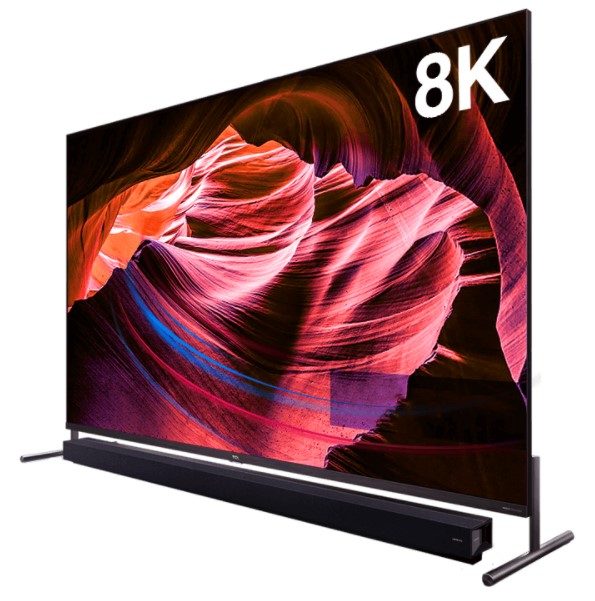
TCL Product Development Director for Europe, Marek Maciejewski has revealed that TCL will begin selling quantum-dot OLED (QDOLED) TVs made with inkjet printing (IJP) later this year.
He was speaking to journalists at this year’s IFA (International Radio Exhibition) in Berlin, which is acclaimed for being the world’s oldest electronics exhibition.
Maciejewski said prototypes are available now in 75 inches but the commercial sets will be rollout later in the year. Indeed, TCL Ghana has one of the prototypes on display when Techgh24 visited their showroom at Odorkor in Accra.
TCL is not the only company that will introduce QDOLED TVs within the next year but it is reportedly the only one to have announced it publicly, and the company’s use of IJP came as a surprise to critics.
Maciejewski said that JOLED will be one of TCL’s panel suppliers, and that there will be more than one.
Indeed, the thought of QDOLED panels brings Samsung Display Company (SDC) to mind. Samsung has been using evaporation to put down its three layers of unpatterned blue OLED.
Critics say even though TCL did not name any other suppliers apart from JOLED, it is expected to be using IJP to put down an unpatterned blue layer, just like Samsung has been using IJP to fabricate its quantum-dot color converter.
Meanwhile, TCL miniLED TVs are available now in multiple series. As you might expect, the more affordable the series, the smaller the number of miniLEDs. A high-end set shown at CES 2020 had 2000 nits with 5184 dimming zones and 20,000 miniLEDs (more or less) mounted on glass with TCL’s Vidrian process. TCL uses an oxide backplane, which “provides many options for integration on glass.” MiniLED will appear in more of TCL’s sets in the future, Maciejewski said. MiniLED cost will continue to come down as fabrication on glass replaces fabrication on printed circuit boards , and the fabrication on glass is increasingly automated.
I asked if TCL was pursuing dual cell. Maciejewski said that TCL discussed that internally and decided the power consumption is too high for the European market.
We briefly discussed the TV product line TCL was showing at IFA. Maciejewski said that TCL intends to “democratize” television, by supplying advanced technology at an accessible price.
High on Maciejewski’s list was TCL’s AiPQ AI audiovisual AI processor that uses machine learning. The AI approach first identifies what kind of content is presented (e.g., green landscapes, night scenes, animation or rapid motion) and then optimizes accordingly. Skin tones and backgrounds are optimized separately.
Similarly, audio is analyzed for whether it is music or speech, and optimizes accordingly. As you would expect the process does upscaling, and the increased processing power enables the use of more advanced algorithms. TCL partners with Onkyo for enhanced built-in audio, and some sets incorporate Android TV. The user can control the sets by voice directly without having to use a mobile phone.
The top of the LCD line showed at IFA was a 75-inch 8K IMAX set with Vidrian miniLED backlight, available for a bit less than $10,000. (KW)









